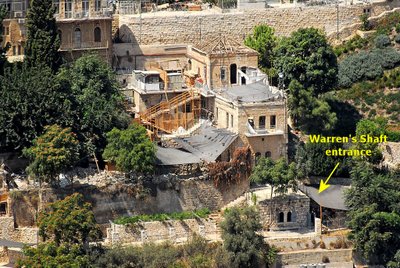I’ve mentioned The Exodus Decoded here before, and over at Higgaion, Chris Heard is doing a very extended review of the movie (Part 1 | Part 2 (with addendum) | Part 3 | Part 4 | Part 5 | Part 6 | Part 7). His analysis has elicited responses from the man behind the movie, Simcha Jacobovici, which gives the reader the chance to decide for himself/herself who to trust. Those who have watched the movie and think there’s something to it would do well to read it. Such a dialogue should have taken place before the 3 million dollars was spent, and it’s a lesson on why you should never trust new ideas which are first promoted on television. If the ideas had merit, they could bear the weight of scholarly scrutiny and an end-run around academia to the masses with dazzling graphics would not be necessary. Unfortunately this isn’t the first guy to pull such a trick and it won’t be the last.
Lest any new readers to this blog think that I’m just another liberal blasting someone trying to prove the Bible true, that’s not so. I believe the Bible is an accurate record of history, including in all of its details about the exodus. I just believe that The Exodus Decoded does not do any favors to the biblical record.
UPDATE (9/22): Bryant Wood of Associates for Biblical Research has posted a review of the movie. This one is shorter than Heard’s and is written by one who believes in the accuracy of the biblical narrative. I recommend it.
